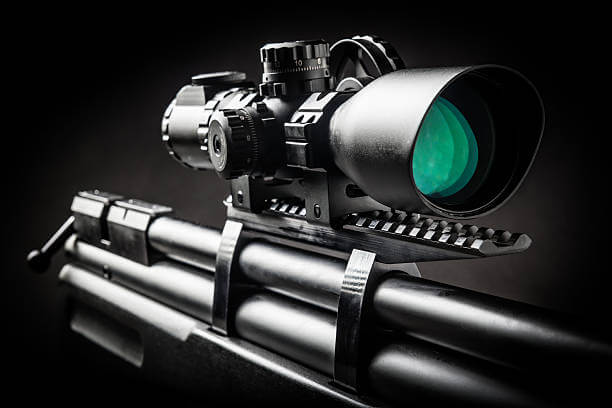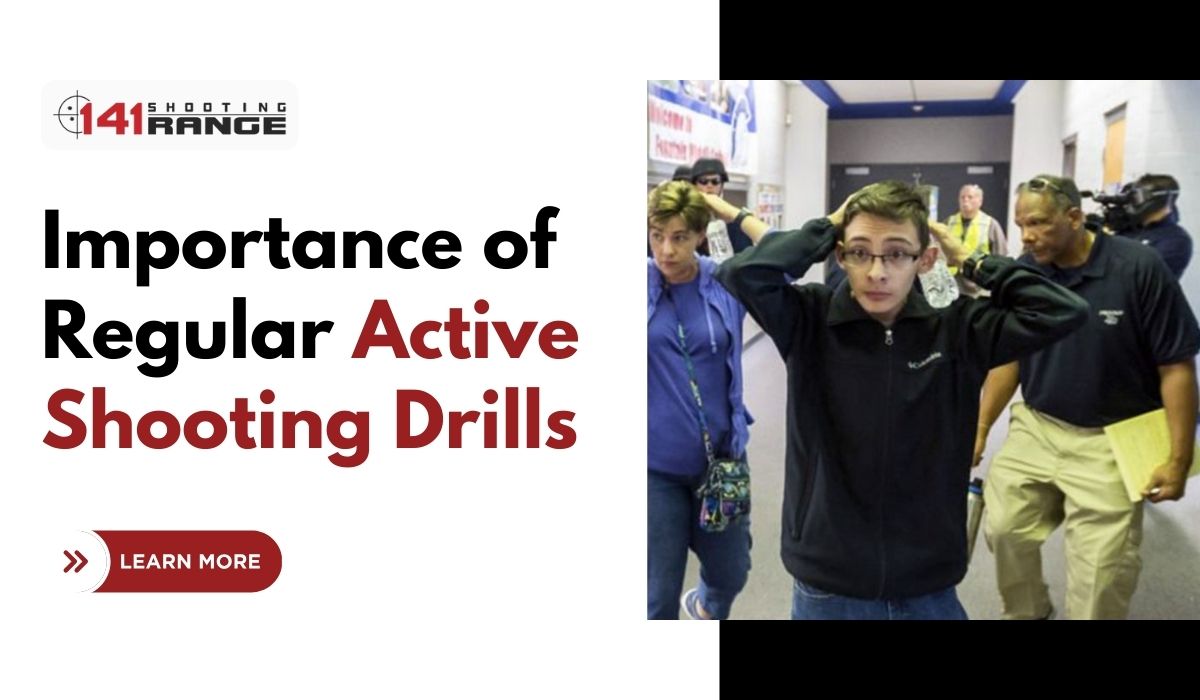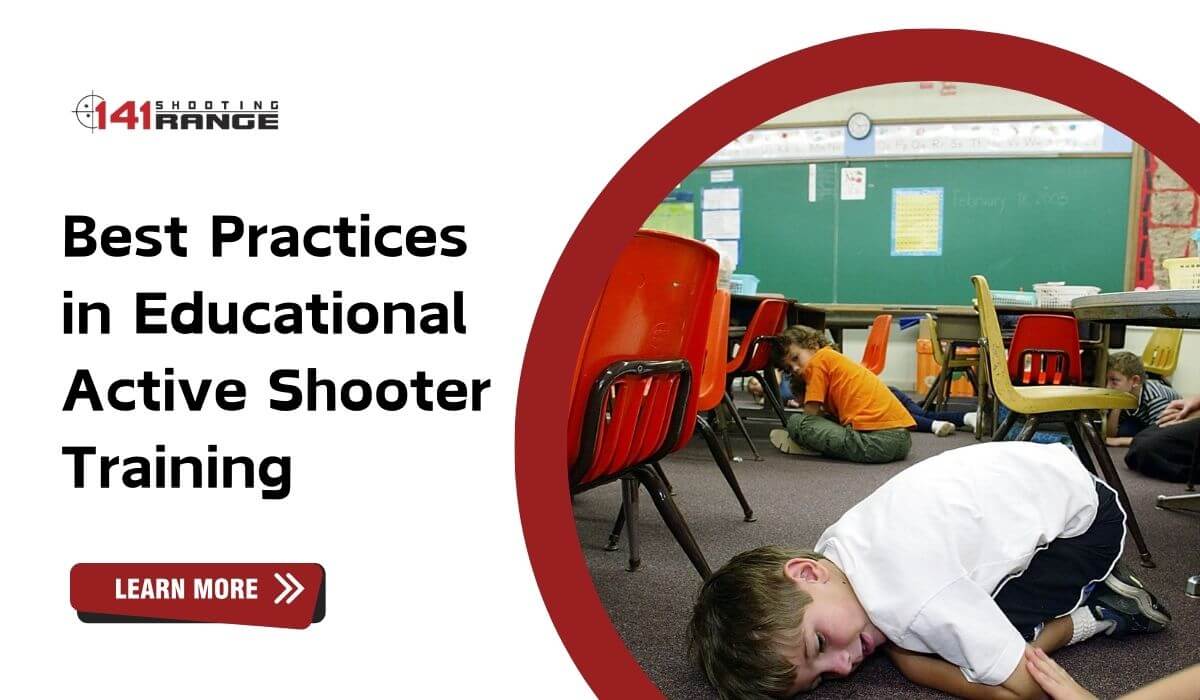An optic also popularly known as a riflescope, is a small telescope that helps you shoot more accurately.
You’ll be able to fire like John Wick or a Stormtrooper with optics.
Most gun owners nowadays use optical sighting equipment on the majority of their rifles. Not just rifles, but even shotguns and handguns are prohibited. There’s a solid reason for this: it’s straightforward. Aiming through a scope or a red dot sight eliminates one-third of the hassle associated with lining up iron sights. When employing metallic sights, the back sight must be aligned with the front sight and the target. When using a scope, just match your crosshairs (reticle) with your target. Shooting using a scope is much easier than shooting with iron sights, and because most rifle scopes magnify, your target appears closer, allowing you to place a more precise shot.
The huge number of scopes accessible to new shooters might be daunting. In this piece, we’ll go over numerous important features and specifications to consider when shopping for the best riflescope.
If you don’t understand why you want these enhanced features, you’re simply adding a more complicated and less reliable optic to your rifle. You already have a lot on your plate without having to worry about how to use your scope. Our best rifle scopes here, at Ammo And Gun Accessories, include solid quality features.
Higher magnification not only limits the size of your exit pupil and available light, but the low end of a high magnification scope is simply too high for a close shot. The sight on a whitetail rifle should nearly always be set at the lowest power level. If you have a scope with a power of five or six, your deer will often appear as a hairy patch through the scope, your field of view will be too small to spot him, or it will be too dark to notice him.
Just like those courageous Navy pilots, it’s wise to know how low a scope can go, not how high. In the majority of cases, low is more significant. You can always shoot far with low power or increase the scope’s magnification, but you can’t shoot close with high power because your FOV and exit pupil are too small.
Factors To Consider Before Buying Optics
Before purchasing a rifle scope, consider the following factors:
- Objective lens
- Rifle scope glass
- Scope magnification
- Gas-filled
- Main tube diameter
- Field of view
- Scope reticle
- Turrets
- Minutes of angle (MOA)
- Objective Lens
The objective lens is located on the other side of your eye. The diameter of the objective lens determines how much light may enter the rifle scope. A bigger objective lens is required if you intend to use the scope in low-light conditions (for example, while hunting).
A larger lens requires a bigger mounting distance above your barrel. If you have a rifle scope that is too high, you may have difficulty achieving good eye alignment, which will affect your shooting accuracy.
Scopes with extremely large objective lenses are heavier and more expensive. A rifle with a maximum caliber of 50 mm is recommended for hunting.
If you need a general-purpose scope, a 40mm or 42mm scope like this one is a great option.
- Rifle Scope glass
The visual quality supplied by a rifle sight is closely tied to the rifle scope glass.
Glass lenses are the focal center of any rifle sight. Choose the best glass within your budget.
Extra-low dispersion (ED) glass is ideal because it decreases chromatic aberration, resulting in true-to-life colors and clearer images.
- Scope’s magnification
Images in the scope appear larger and brighter when the magnification is increased. This can lead to improved accuracy.
The scope’s magnification is primarily decided by the type of game you are hunting and your shooting range.
- Gas-filled
Rifle scopes supplied with anhydrous gas are designed to displace water vapor or moisture and keep the sight from fogging up. Nitrogen is the most common anhydrous gas. This is primarily because effusion through the seal or membrane is less likely.
- Main Tube diameter
A 1-inch primary tube was once used in scopes. Rifle shooters are increasingly looking for scopes with 34 mm or 30 mm main tubes, which are becoming more popular.
A larger tube diameter allows the reticle to move more easily. As a result, the adjustment range becomes wider.
Larger tubes last longer and allow more light to pass through. However, they are more expensive and heavier. Most hunting expeditions use only a 1-inch tube.
- Field Of View
The typical measurement is 100 yards in feet. What you can see through the rifle scope at a particular distance from right to left is referred to as the field of view. Magnification reduces the field of view.
The field of view grows as the magnification is reduced. In summary, a 3X variable rifle sight has a field of view of at least 30 feet at 100 yards, but a 9X variable scope has a field of view closer to 14 feet.
A bigger objective lens also has little effect on the figures. As a result, the field of view is determined by the construction of the eyepiece.
- Scope Reticle
The form and look of the rifle sight reticle might vary depending on the scope manufacturer.
The reticle is also known as “crosshairs” by certain people. The aiming point of any rifle scope is placed here. The reticle may differ between manufacturers, including lines, dots, or other marks.
Some scopes contain lights to help with visibility in low-light situations. The majority of rifle sight manufacturers provide a choice of reticle types.
- Turrets
Turrets are the knobs on a rifle sight that allow you to change the windage and elevation.
A turret on sight is a knob that allows the shooter to change the reticle. The riflescope’s top knob regulates elevation, while the side knob controls windage (which goes from left to right).
Before purchasing the scope, inspect the turrets to ensure they are to your liking, as some turrets can be modified by hand while others require a special tool.
As a result, while some turrets click during adjustments, others do not.
- Minutes Of Angle (MOA)
Many new shooters struggle to grasp the concept of minutes of angle (MOA).
The minute of angle (MOA) is a well-known precision measurement. It is roughly 1″ per 100 yards. In this, the murica imperial system is applied.
Conclusion
The last thing you want to do is settle for a rifle sight that lacks the features you need to take down your prey.
Don’t just settle for any scope. Use the variables described in this article to assist you in making your decision.
The good news is that you can get an excellent sighting instrument with a scope that meets your shooting requirements for less than $500. The Ammo and Gun Accessories website is where you can get better optics. Not only that, you can buy as many guns and gun accessories and have them delivered.
Have a great shooting and hunting season!
If you are in the local area in Arkansas of the following cities: Jonesboro, Paragould, Searcy, Trumann, Walnut Ridge, Batesville, Blytheville or anywhere close contact us to see when a class is being held. If you do not live close we travel to train groups and businesses in: Little Rock, Arkansas Memphis, Tennessee Poplar Bluff, Missouri And everywhere in-between.







